Alice Gros
Morphogenesis variability in embryonic organoids.
Team: Sham Tlili (IBDM) - Léo Guignard (IBDM)
Her background
October 2021 - present | CENTURI PhD student
2021 | Cell Physics Master (M2) at Strasbourg University
2018 - 2021 | Engineering school Telecom Physique Strasbourg
Contact
About her PhD project
Human and mouse embryonic stem cells can spontaneously organize in a dish into 3D structures called embryonic organoids that recapitulate major events of early embryogenesis [1]. They offer a unique opportunity to study the formation of organs in mammals, which cannot be studied in a dynamic and perturbative way in vivo. Few days after their initial aggregation as a densely packed 3D aggregate of stem cells, these organoids called Gastruloids self-organize and evolve from a symmetrical spherical shape to an elongated shape. Concomitantly to that, genes involved in cell differentiation which were expressed in a spatially homogeneous manner progressively exhibit spatial patterning. Interestingly, embryonic organoids phenotypic variability increases with time during their first days of morphogenesis when mechanically isolated, which is not the case when they are mechanically confined, hinting at the crucial role of mechanical constraints in the patterning and morphogenesis of embryonic tissues. Thus, we hypothesize that understanding the origins of embryonic organoids variability and the means to reduce such variability is crucial to our understanding of embryonic development, and is a step needed for future medical applications of the organoids field that require highly reproducible standardized protocols [4].







